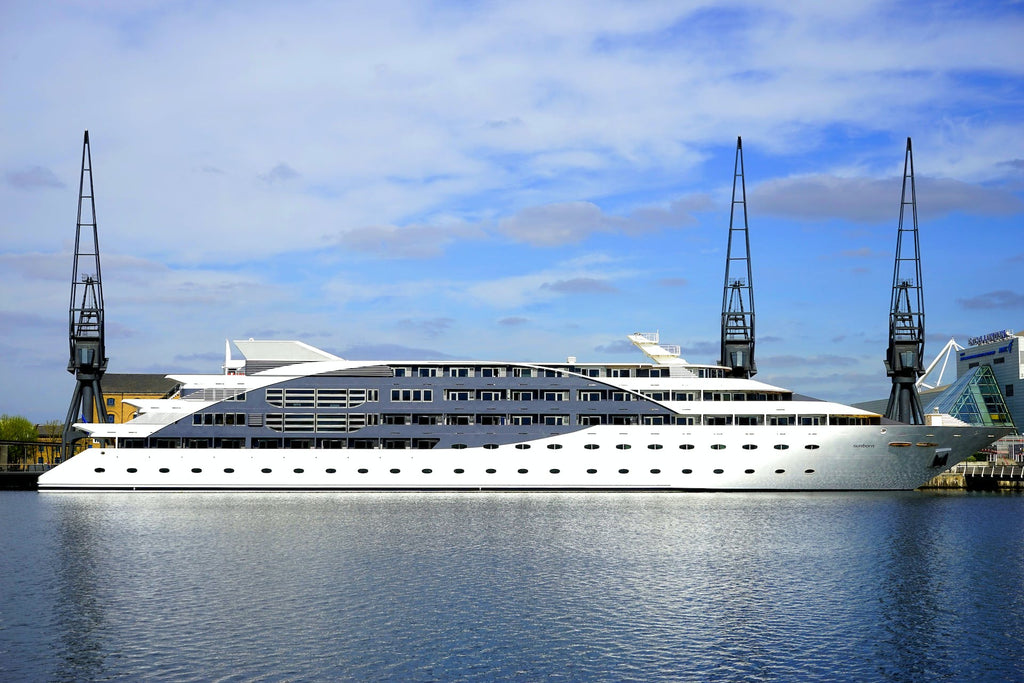Cruise ships have come a long way in terms of safety over the years. With advancements in technology and stringent regulations in place, the risk of a ship sinking has significantly decreased. In this blog post, we will explore five key features that contribute to the enhanced safety of modern cruise ships, ultimately providing passengers with a more secure and enjoyable journey.
1) Increased Size and Power
One of the most noticeable improvements in modern cruise ships is their size. These vessels have grown significantly in size, which not only provides passengers with more space and amenities but also makes them more stable. A larger surface area means that the ship can better handle rough seas, reducing the risk of capsizing. Moreover, these larger ships boast more powerful engines, allowing them to navigate through challenging conditions with ease, preventing them from being at the mercy of nature.
2) Strengthened Compartments
Over the years, maritime regulations have evolved to enhance the structural integrity of cruise ships. The compartments on modern vessels are designed to be much stronger, reducing the likelihood of them being breached in the event of a collision or other emergencies. The implementation of advanced materials and construction techniques ensures that the ship's compartments are more resilient than ever before, making it less likely for water to penetrate and cause catastrophic damage.
3) Smarter Stress Distribution
Modern cruise ships are built with a more sophisticated understanding of stress distribution. Through the use of advanced framing techniques and materials, these vessels can better handle the dynamic forces at play while at sea. This allows for improved stability and resilience against the rigors of ocean travel, significantly reducing the risk of capsizing or structural failures.
4) Advanced Stabilization Systems
To provide passengers with a smooth and comfortable experience, modern cruise ships are equipped with state-of-the-art stabilization systems. These systems employ advanced technology, such as gyroscopes and fins, to counteract the forces that can cause the ship to sway. This not only enhances passenger comfort but also ensures that the ship remains steady even in rough seas, reducing the risk of accidents.
5) Accurate Weather Data and Navigation
Accurate weather data is crucial for the safety of cruise ships. Modern vessels are equipped with advanced weather forecasting and monitoring systems that provide real-time information about meteorological conditions. This allows the ship's crew to navigate around storms and other adverse weather events, minimizing the risk of encountering dangerous conditions. Additionally, the integration of satellite technology and radar systems ensures that the ship always knows its precise location and can avoid potential hazards.
Conclusion
The safety of modern cruise ships has seen tremendous improvements over the years, thanks to a combination of factors, including increased size and power, reinforced compartments, smart stress distribution, advanced stabilization systems, and accurate weather data and navigation. These features work in tandem to reduce the risk of sinking and provide passengers with a secure and enjoyable travel experience. As technology and regulations continue to evolve, we can expect even more innovative safety features to be integrated into future cruise ship designs, further enhancing the safety and peace of mind of those who choose to set sail on these incredible vessels. So the next time you embark on a cruise adventure, you can do so with confidence in the modern safety features that help ensure a safe and memorable journey.

